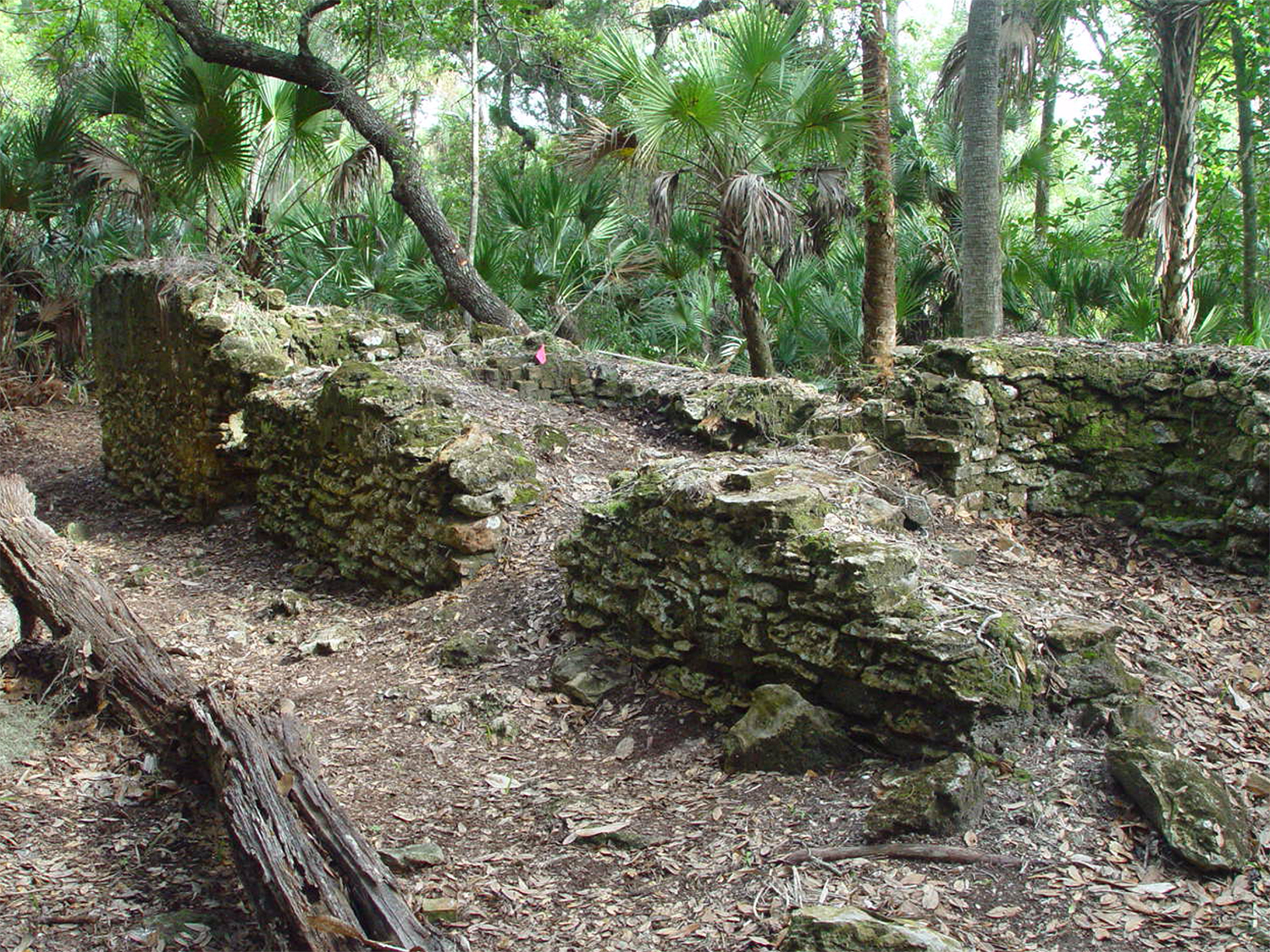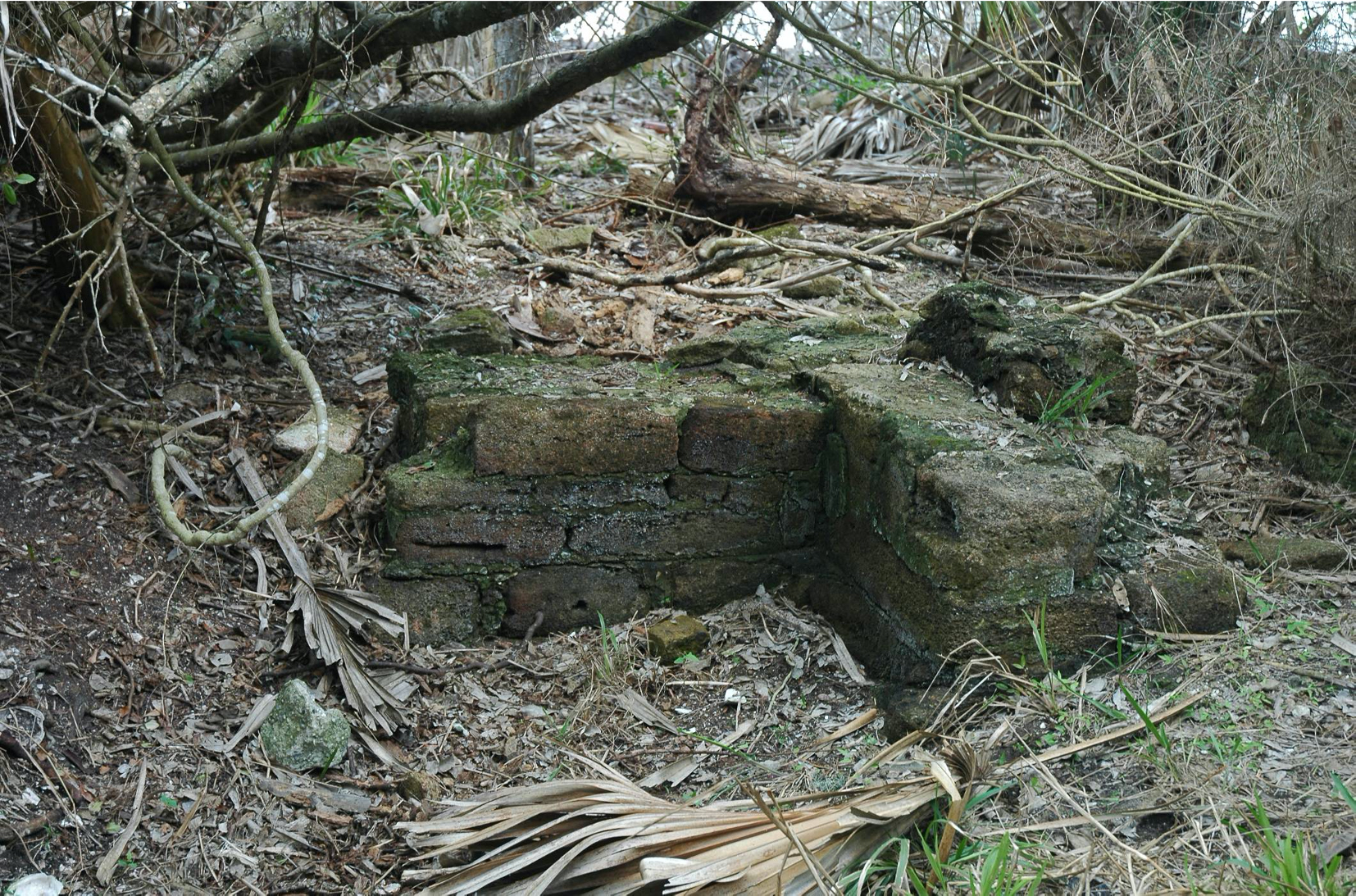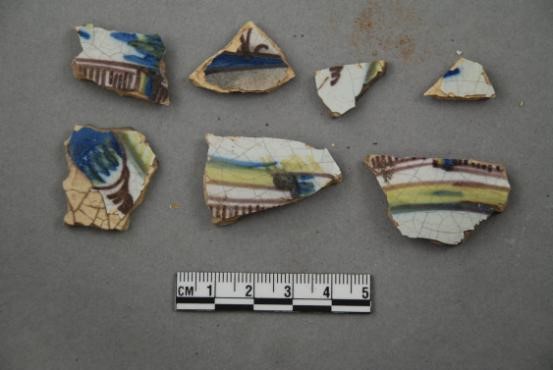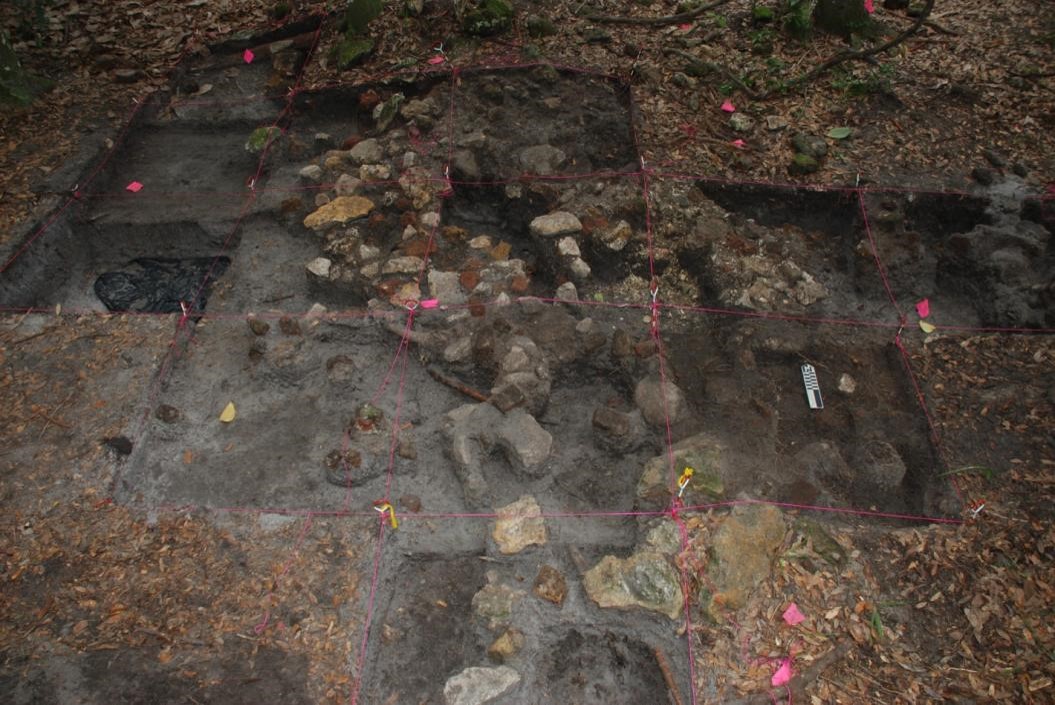
By Jason Costa
NASA’s Kennedy Space Center
The history of NASA’s Kennedy Space Center comprises more than six decades of human spaceflight and bringing humanity to new heights. The ground the spaceport occupies, however, tells a longer, more complicated story of a forgotten enslaved community that made an indelible mark on the center’s landscape.
The discovery and preservation of the Elliot Sugar Plantation, a 250-year-old settlement almost lost to history, is located on 2,585 acres within Kennedy and is co-managed by NASA, the National Park Service and the U.S. Fish and Wildlife Service.
“It’s critical to recognize this site represents an enslaved landscape, or land once occupied and shaped by enslaved peoples,” Dr. Margo Schwadron, archeologist, National Park Service, Southeast Archeological Center said. “Plantations were built and run off the backs of enslaved peoples. Archeological sites preserve the physical and artifactual remains of past histories lived upon the landscape. In the case of Elliot Plantation, the Earth holds these memories and evidence of past lives lived.”
The ruins were misidentified in 1963 when they were added to the National Register of Historic Places as a Civil War-era Confederate salt works and part of the Ross Hammock historic site. The true story of Elliot Plantation did not emerge until 2008, when a group of volunteer preservationists working to identify sites from the 18th century British Turnbull Colony were seeking the southernmost sugar plantation listed in historical documents.
The preservationists theorized the lost plantation was located on NASA property and perhaps connected to the site at Ross Hammock. Before any shovels could swing, the group needed more evidence, so they consulted with historian Dr. Daniel Schafer, professor emeritus in history, University of North Florida. They raised funds to send him to England to conduct archival research.
“What he found is truly an archeologist’s dream,” said Schwadron. “Dr. Schafer located original primary documents, including plantation records, letters from the absentee owner to the overseer, and maps, including original maps and plans of the plantation, settlement, slave quarters, gardens, roads and structures.”
The primary documents included letters between Scottish plantation owner William Elliot and the plantation overseer. Though Elliot never saw the plantation that bore his name, the correspondence detailed establishment of the site in 1763. According to the documents, the property contained two working settlements that included indigo works, a sugar factory, rum distillery, two villages that housed the enslaved people, two overseer houses, several outbuildings, roads, canals, bridges, and docks.
With the historical archives and maps in hand, Schwadron and the volunteers surveyed the Ross Hammock area. The historical maps of the area proved extraordinarily accurate. Research, surveys, and documentation over the next decade unearthed artifacts, including dishware from the period, confirming the site as Elliot Plantation.
The artifactual evidence suggests the enslaved people lived in palmetto-thatched huts that left little trace – only a clay smoking pipe fragment, some nails, and a few other artifacts were discovered in their living areas. The plantation itself, however, is proof of how they transformed the land.
“Throughout the 4-square miles of the plantation, there are many features that still stand as a silent witness and testament to the people who engineered the landscape,” Schwadron said.
Historical records show that 74 enslaved people of African descent labored on the coastal plantation during its 16-year existence. They built tree-lined roads and over 15 kilometers of canals to drain the wetlands and allow for the growing of rice, indigo, and sugar cane. Before sugar was the primary crop, the enslaved community grew indigo to create vivid blue dye, which was a dangerous and toxic process.
When the plantation shifted to growing sugar, the enslaved community constructed a French-style sugar factory, including a mill and sugar train built from coquina and brick, portions of which still stand. The sugar train was where the cane juice would be boiled in increasingly smaller copper kettles until the liquid reduced into a thick syrup.
“Today, these enslaved landscapes can be seen from space, as well as on the ground,” Schwadron said. “These hand-excavated features reflect an enormous effort and remains one of the best examples of African American built landscapes in Florida and possibly anywhere in the southeast.”
The ruins of Elliot Plantation, like all archeological sites on federal property, are protected by the Archeological Resources Protection Act of 1979, which makes it illegal to excavate, move, remove, damage, alter, or deface any site or artifact on federal property.
“The first time I heard of Elliot Plantation was along with the list of all our historic properties,” said Kennedy cultural resource manager Jeanne Ryba, who is responsible for stewardship of historic properties at Kennedy. “But when I went and saw the sugar train in person, I was amazed that something so intact was in our backyard and so little was known about it.”
The discovery of Elliot Plantation owes a great deal to the efforts and cooperation of experts and volunteers alike. Though the story of NASA began long after Elliot Plantation faded into historical obscurity, thanks to the work of volunteer preservationists, the complex history of the land is better understood.
“Were it not for the efforts of this incredible group of individuals, the Elliot Plantation site may never have been correctly identified and recognized as the very significant resource that it is,” Schwadron said. “More importantly, it can now be fully recognized for its significance as an enslaved landscape, one that should be recognized and preserved for future generations.”
Schwadron hopes greater lessons can be learned from the Elliot Plantation archeological site, and she has dedicated her work to the memory of the enslaved community and the millions of people who were treated as chattel property.
“It’s through archeology and history that we seek to recognize the truth and hopefully learn from past mistakes,” Schwadron said.





























